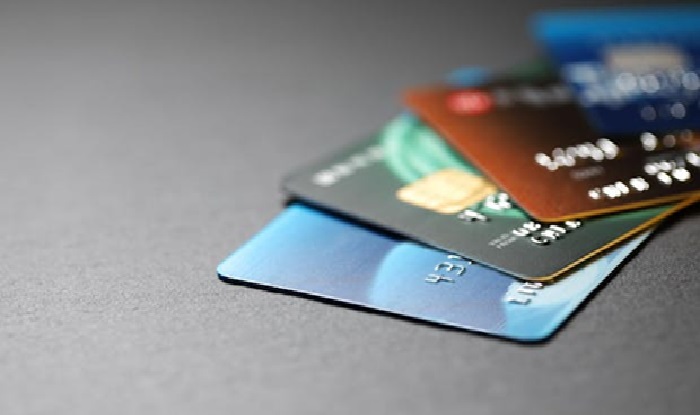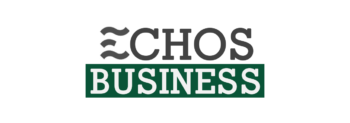Businesses must modify their various payment processing systems. This is to remain competitive as consumer payment habits continue to change.
Industries may enhance customer satisfaction, optimize operations, and seize fresh growth prospects. This is by carefully designing their credit card handling solutions.
Establishing a credit card transaction service incorrectly can lead to extra expenses. As well as inefficient operations, and a higher risk of payment fraud. Knowing how to set this up is crucial. Therefore, learn what is credit card processing and how it works.
What’s a credit card transaction processing?
When electronic charge plate deals are approved, verified, and paid by the cardholder. The organization, and their financial institutions, credit card processing takes place.
This procedure makes it possible for companies to take the use of credit cards for products or services. Thus, making transactions simple and convenient for both the client and the company.
Depending on the type of card being used and the location of the deal. These are processed differently.
This is a condensed synopsis of the procedure:
-
Beginning
The organization receives the cardholder’s details. This entails tapping, swiping, or inserting their plastic for in-person dealings. This entails choosing a plastic from their saved payment options. Or manually inputting the information for online trades.
-
Transmission of Data
The transaction data are recorded by the firm’s point-of-sale system or payment gateway. This securely sends them to the handler.
-
Request for Authorization
After the processor sends the purchase data to the relevant network. The issuing bank receives the authorization request.
-
Acceptance or Rejection
The cardholder’s account is validated by the issuing bank. This will look for adequate money as well as any possible fraud or security concerns. The financial institution notifies the network of its choice to allow or reject the business based on this assessment. And then, the plastic network forwards the facts to the handler.
-
Response of Authorization
Know that the permission response is either a confirmation or a refusal code. It is then transmitted by the issuer to the firm’s payment gateway or point-of-sale system – check out https://www.entrepreneur.com/encyclopedia/point-of-sale-pos-system for further reading. The company can finish the sale and give the buyer the products or services in question. That is if the purchase agreement is accepted.
-
Restitution
Ultimately, the company sends the issuer a batch of all authorized transactions for settlement. Additionally, the processor sends the operation information to the appropriate networks.
-
Transfer of Funds
Each transaction’s money is sent to the receiving financial institution. Which receives them in the merchant account. Of course, the plastic networks working with the issuing banks.
After deducting any processing costs. The financial institution that purchased the stock then deposits the money into the company’s standard business bank account. Typically, this entire procedure takes one to three days.
-
Billing of Cardholders
The transaction amount is added to the cardholder’s account balance. By the issuing financial institution and appears on the monthly statement. Following the provisions and restrictions of their agreement. The cardholder is in charge of settling the bill.

Key Components
Even though the use of charge plates is usually completed fairly fast. There are many intricate details involved.
To guarantee that money moves safely and effectively. The procedure calls for several interdependent parts.
An outline of the parties involved in this procedure is provided below:
-
Cardholder
The person who possesses the charge plate. He also utilizes it to pay for products or services.
-
Merchant
The company or service provider that takes payments from clients in return for products or services.
-
Point-of-sale or the POS System
Terminals, debit card readers, and software programs make up the point-of-sale (POS) system – find here more info. Know that this is the hardware and software that a business employs. Of course, to process and accept charge plate transactions.
-
Payment Gateway
It is a service that allows the processor and the company’s point-of-sale system to safely exchange business data.
-
Processor
A corporation that collaborates with plastic networks. It is also supplying banks to approve, authenticate, and process the use of plastics. This is on behalf of businesses and is known as a payment processor.
-
Networks
There are various networks, including Visa, Mastercard, and American Express. As well as to establish business rules and standards. This lets various processors and issuing institutions communicate.
-
Issuing Financial Institution
The financial organization that grants the cardholder a charge plate is known as the issuing bank. This is often referred to as the issuer. It supplies the money for the purchase and permits as well as approves various dealings. So this is a very important detail.
-
Acquiring Financial Institution
The banking company has a contractual arrangement with the firm. Which is to accept and handle different deals is called the acquiring bank. Be aware that it is often referred to as the acquirer or merchant bank. It deposits the money into the company’s account after settling with the issuing financial institution.


